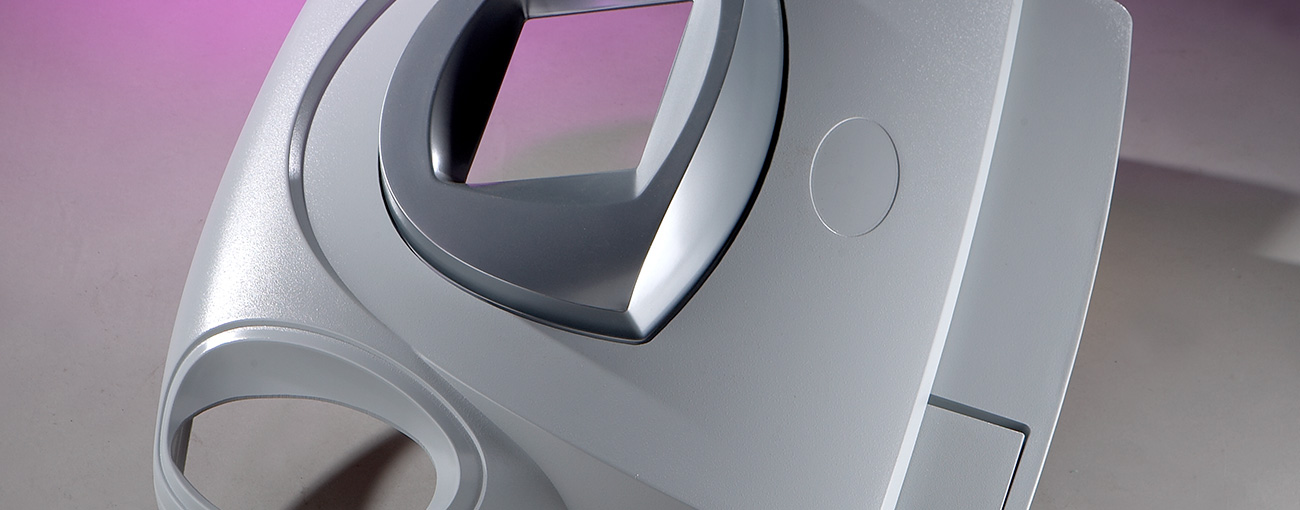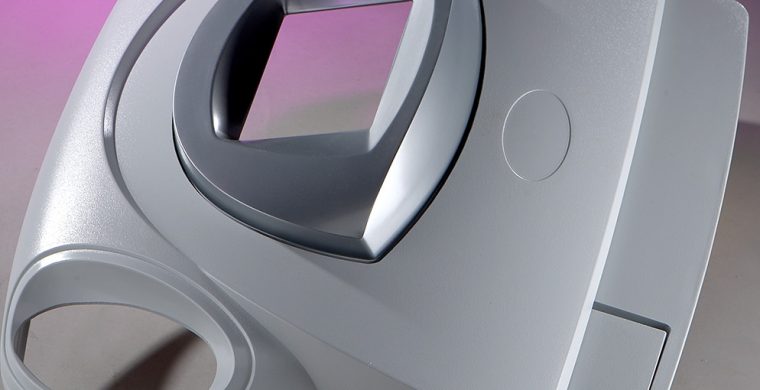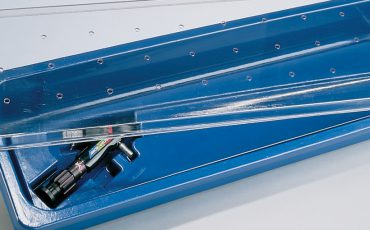
The shortage of ventilators during the COVID-19 crisis has focused popular attention on these mechanical breathing machines. According to the World Economic Forum, global demand for ventilators in 2019 was 77,000 units. This year, some ventilator manufactures have already boosted their production by 30 to 50% – and they still won’t be able to deliver the 500 or 1000% production growth that’s required.
The Ventilator Supply Chain
Yet ventilator manufacturers don’t comprise the entire supply chain. Ventilators vary in terms of construction, but a typical machine requires over 700 parts. Some parts, like the bellows, are supplied by rubber molders. Ventilators also feature components like silicone tubes and fabricated gaskets that shield medical electronics against electromagnetic interference (EMI).
Ventilator Panels and Enclosures
Like other types of medical equipment, ventilators need durable panels or enclosures to house electronic circuitry and mechanical parts like pumps. There’s no shortage of media hype about additive manufacturing, but even 3D printing experts acknowledge that “3D printing a ventilator is a much harder process than googles or a mask.” Plus, it’s not as if a ventilator is a single part like a valve.
Thermoforming vs. Injection Molding
Many manufacturers are familiar with plastic injection molding, but thermoforming isn’t necessarily top-of-mind when it’s time to design and produce medical parts. In the case of ventilator enclosures and panels, however, plastic thermoforming is a manufacturing method with important advantages. It’s not just because thermoforming uses lower-cost tooling than injection molding either.
Plastics Manufacturing vs. Metal Fabrication
Thermoforming supports the use of many different plastic materials, and in a wide variety of colors, textures, and finishes. Examples include ABS, acrylic/PVC, HIPS, HDPE, LDPE, PP, PETG, and polycarbonate. Plastic thermoforming also supports the production of strong plastic parts, which provides designers with alternatives to more expensive materials such as metals.
Thermoforming vs. 3D Printing
Thermoformed parts don’t exhibit the sink or gate marks, porosity, and other surface imperfections that are common to other plastics manufacturing processes – including 3D printing. In addition to a flawless finish, thermoforming supports fine details such as clean lines, tight corners, and textured surfaces. Subsequent operations such as plastic routing produce clean edges and burr-free finishes.
Ventilator Assembly
Finally, thermoforming supports final product assembly. This digital media display isn’t a medical device, but it’s easy to see how this thermoformed product integrates with lights, electronics, and hardware. Medical applications for thermoforming include instrument case assemblies that have a thermoformed base, a clear plastic cover, and a latch, handle, and hinges.
The Ventilator Shortage Continues
No, plastic thermoforming won’t solve the ventilator shortage. For engineers who design this type of medical equipment, however, it’s important to specify the right manufacturing method. Gregstrom Corporation of Worcester, Massachusetts (USA) is a thermoformer that provides design assistance, quality assurance, and product assembly. Contact us to learn more.



